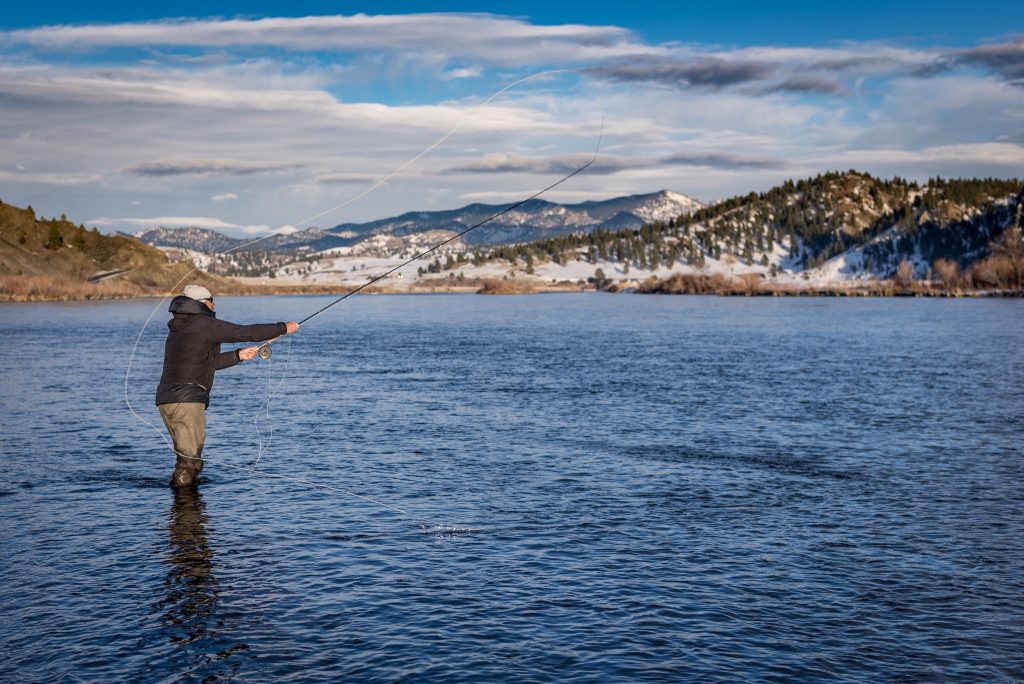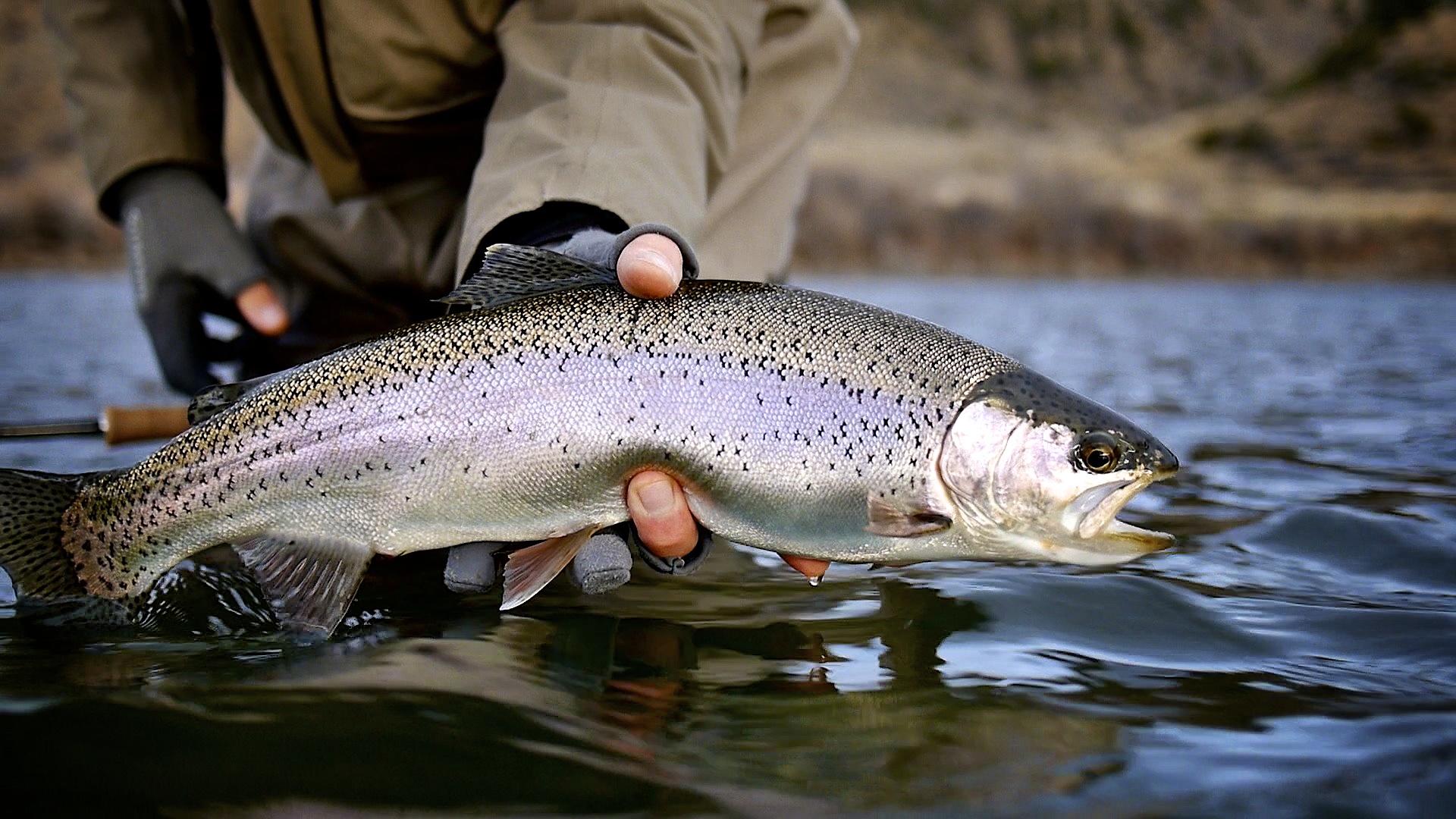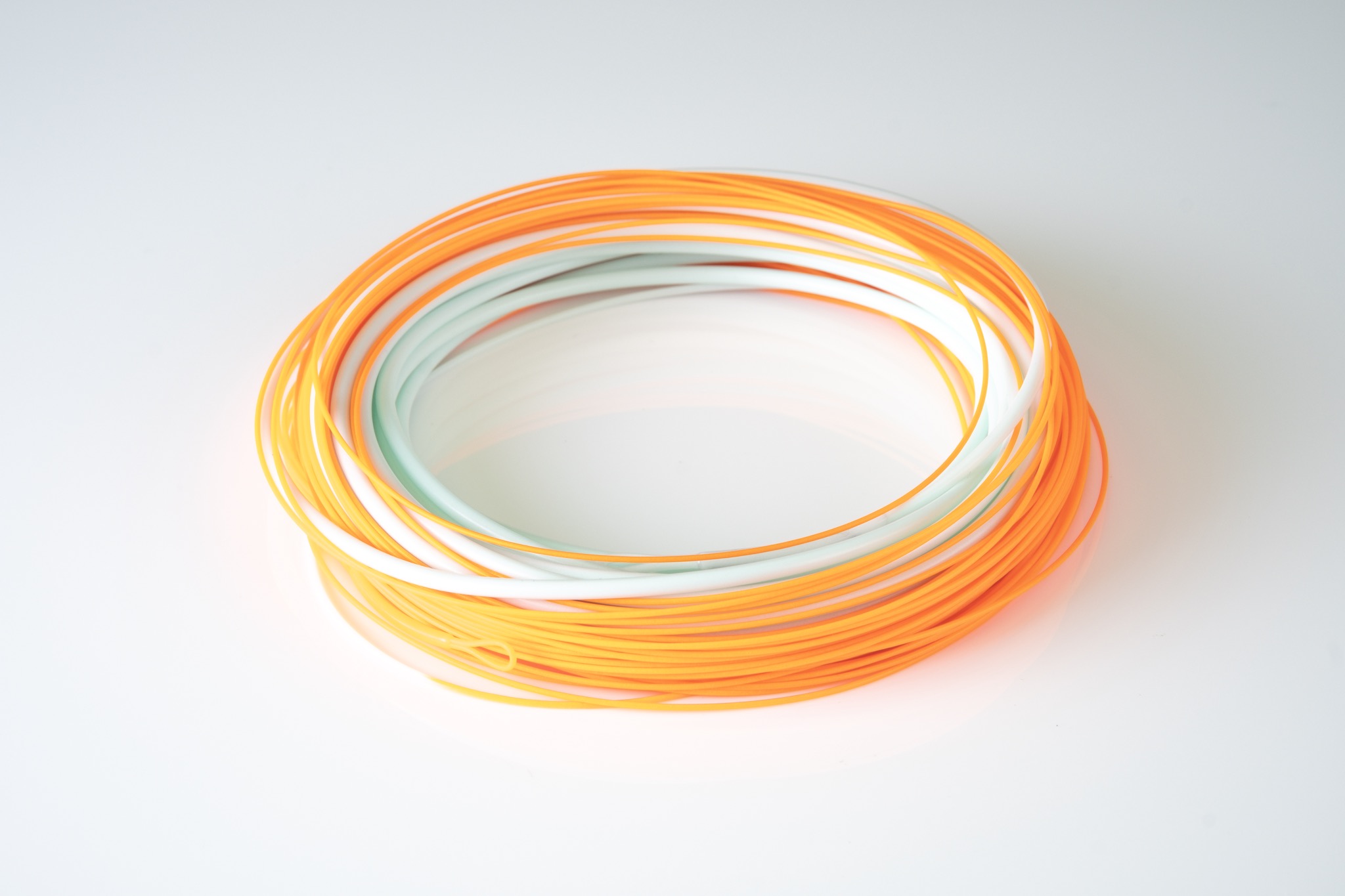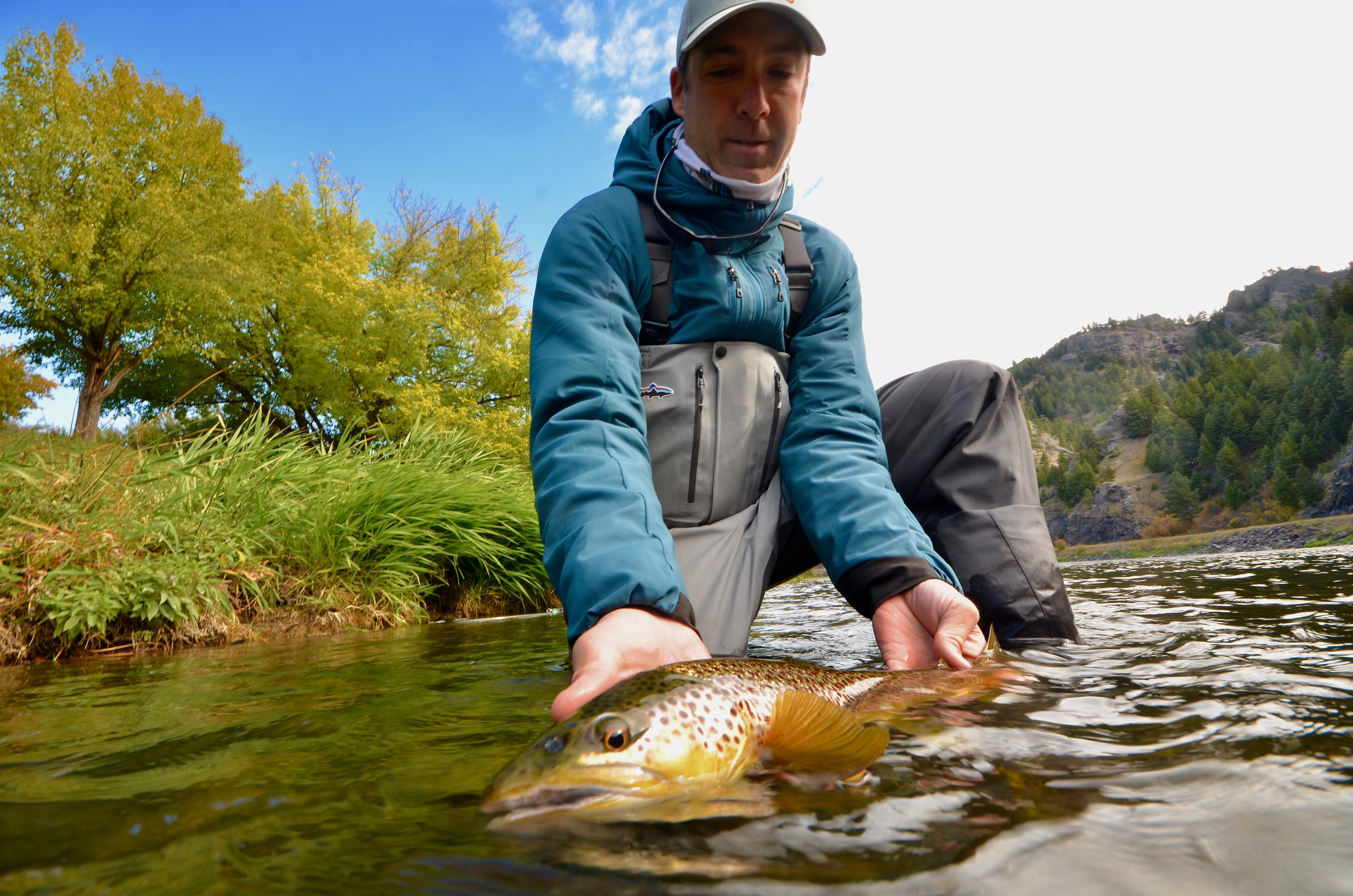There are a few critical components of a Spey cast that I like to emphasize in our trout Spey clinics, because they are the keys to troubleshooting when your cast heads south. Clinics, demonstrations, books and YouTube are all great resources, but they don’t offer much help while you are out on the water. Maybe your different, but when my cast falls apart I’m usually on the water, not in front of my computer.
I’ve had the opportunity to cast and fish with (and just observe) some great Spey casters in my life. All the great – and consistent – Spey casters I have spent time around have one thing in common. They are masters of anchor placement. And, they pay close attention to their anchor on every cast.
Most of us are stoked if we place our anchor in a target the size of a drift boat. Most of the time that’s close enough to keep us fishing. But the great casters are placing their fly in an exact spot when they set the anchor. Like in an area the size of a basketball. And they “watch” the fly into that spot. It’s not too far fore or aft, and it’s generally very close to them.
For novice casters, I recommend that you try and set your anchor within a rod length of you. You can get away with a rod length and a half, but we’re trying to improve, right? Get it close. You want that anchor to be lined up with your target, and generally even with your body position to whichever side you intend to launch from.
I won’t go into the “how” here, there are abundant resources for that, and everyone has a different opinion. But I will stress that you’re never going to be a great Spey caster if you “drag” your fly into position. You are going to have to aerialize that line to achieve close and accurate anchor placement.
These can be very touchy/Feedly moves, and you need to spend some time practicing. Mileage counts here, and you’ll be rewarded by taking some time from fishing while you simply practice setting the anchor. Each time you get in a new run, practice your anchor set 10 or 20 times before you begin practicing and fishing. As you move through the day, you’ll begin to develop muscle memory from both sides of the river, both shoulders, and in a variety of currents and wind directions.
Sounds boring for sure. But you will never be a great two-handed caster until you master anchor placement. I always encourage students to find their own style. There are plenty of great casters out there, and they all have different options of which way is the “right way”. Find the one that works best for you.
And the next time you’re struggling through a run, stop and focus on your anchor placement. Improving the anchor tends to improve the cast.





6 Comments.
Great post John! When my cast begins to fall apart and I get bad loops or lack of power in the cast, it’s most likely due to inconsistent anchor placement. I have to be more observant when changing imow tips due to their different sinking section lengths.
Excellent point and oh so difficult to grasp, especially for beginners, and be consistent. My experience, when teaching, has been that the topic is immediately ignored. Any ideas about how to have the student focus on the anchor point…repeat?…repeat?
The hand and arm position of the caster in the photo is extended. Please comment on hand and arm position after the cast is completed. I have forwarded your post to the spey casting instructors for the Fidalgo Fly Fishers up coming steelhead outing.
I grabbed the image quickly, and while the anchor placement is right on, the hands are technically too high and the extended too far. I do believe the caster caught a nice rainbow on this cast or the following, so…
My experience has been exactly that of Richard. I tell the spey casting student and demonstrate (repeatedly) the importance of proper anchor placement. But it is then simply ignored by the student prompting me to once again repeat and instruct on the importance of anchor placement for good spey casting. And you guessed it, the student promptly ignores it again and tries to muscle out several casts with terrible anchor placement. The student then will turn and ask what they are doing wrong. Once more I talk/demonstrate/instruct on the importance of anchor placement. The student might at this time (probably to humor me) make a cast or 2 with less line with watching the anchor to get one at least in the ballpark. And after 2 maybe 3 of the anchor in the ballpark, once again they try to cast or shoot more line and instead of paying attention to their anchor, they pay attention to putting more power into the cast with predictable results.
I know the student gets very tired of my harping to him/her about anchor placement being the key to decent and good spey casting.
I’m pretty new to spey casting, but shouldn’t the anchor be a rod length away at the time of the forward stroke? In fast water it seems if I land the anchor a rod length away, by the time I rotate to the firing position the fly is to close and I have collisions. Or am I erroring somewhere else?
The anchor should be landing when making a single-spey cast right or just before you make your forward spey (i.e., the anchor should land when you are making your forward cast).
When done this way, it doesn’t matter if you are fishing in slow current or fast current because they line will never get close to you. You should be rotating your body and the “D Loop” well before the anchor lands. And when done this way, there isn’t any need to hurry because you have everything line up 180 degrees from anchor to “D Loop” to where you are aiming your spey cast. Granted, doing this takes some practice, but it is well worth the time it takes to learn and get the muscle memory to do so. And it doesn’t matter what line system (i.e. belly length) one uses. This is how to make the best single-spey whether using a Skagit line, a Scandinavian line, a short-belly (50′-55′ belly), a mid-belly (60′-65′ belly), or a long-belly (70′-105′ belly).
The biggest mistakes I see new spey casters making with the single-spey are: 1) Improper anchor placement (either too far or too close to them, it should be within 1 rod length); 2) Landing the anchor before the “D Loop” is formed 180 degrees from where you are aiming the cast; 3) Waiting far too long after landing the anchor to execute the forward cast.
I also see these same mistake made with the double-spey cast. Although it is a lot easier to get the anchor placed properly with a double-spey because you are “sliding” the line’s anchor into place on the upstream sweep before moving the rod and line back downstream and back to form the “D Loop” and making the forward cast.